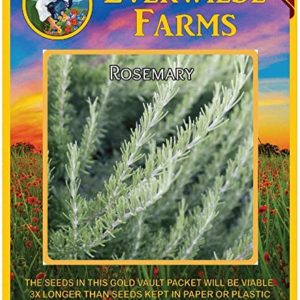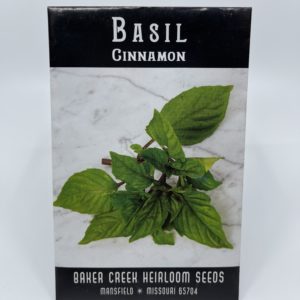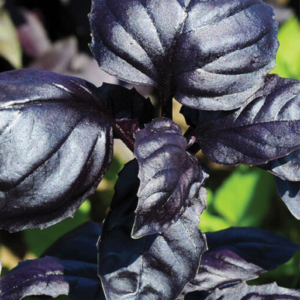مرقدوش
2,000 د.ك
Marjoram can be found in the earliest records of herbs and medicines, being valued for its antiseptic properties and its warming, relaxing effects; it treats anxiety, insomnia, tension, and poor digestion. In “The Herball,” published in 1597, Gerard recommends marjoram for those “given over to much sighing.” Its Latin name is derived from Greek words that mean “joy of the mountains.” According to Roman legend, the goddess of love, Venus, gave marjoram its scent “to remind mortals of her beauty”. This herb is said to bring happiness and warmth and banish sorrow, being traditionally used at both weddings and funerals; it also makes an excellent shrub, and was planted in English knot gardens and mazes. Its culinary use dates from the 1300s in Italy and Spain, and it became a well known herb in all of Europe by the Middle Ages. Though marjoram has been known in America since colonial times, its common use began after World War II when soldiers returned with a taste for food in the Italian style. Today, marjoram is used extensively in Greek and Mediterranean cuisine.
Sowing: In short growing seasons, start marjoram inside about a month before the last frost; sow the seeds just beneath the surface of the soil and keep evenly moist at a temperature of 65-70 degrees F. Germination can be very slow, taking up to 21 days. Transplant well after the last frost, since marjoram cannot tolerate cold. Place the seedlings 10-12″ apart in light, well drained soil and full sun. Marjoram can also be direct sown after the last frost, planting the seeds 6-8″ apart and thinning the seedlings to 10-12″. Marjoram also grows very well as a container plant or houseplant.
Growing: Marjoram thrives on neglect, preferring slightly dry soil and strong sunlight because of its Mediterranean origin. Water only if drought conditions persist.
Harvesting: Harvesting of the leaves or entire sprigs can begin when the plant reaches a height of 6″. The best time to harvest the leaves is the morning after the dew has dried. Keep the plant trimmed to prevent flowering, since the leaves grow bitter after the plant flowers. Since heat tends to dissipate the flavor, add fresh marjoram to dishes immediately before serving. The leaves can also be dried or frozen for future use.
Seed Saving: Harvest the seed heads individually as soon as they begin to turn brown and dry, and spread them out to finish drying in a protected location out of direct sunlight. Thresh out the seeds by rubbing or shaking the heads, and remove as much chaff as possible. Store the seeds in a cool, dry place for up to 1 year.
Common Names: Sweet Marjoram, Knotted Marjoram, Pot Marjoram
Latin Name: Origanum majorana
Type: Open Pollinated, Heirloom, Warm Season
Life Cycle: Annual, Tender Perennial
USDA Zones: 3, 4, 5, 6, 7, 8, 9, 10, 11, 12
Seeds per Ounce: 120,000
Planting Method: From Transplant
Sunlight: Full Sun
Height: 24 Inches
Color: Green
Bloom Season: Blooms Early Summer, Blooms Late Summer
Uses: Aromatic, Deer Resistant
غير متوفر في المخزون












